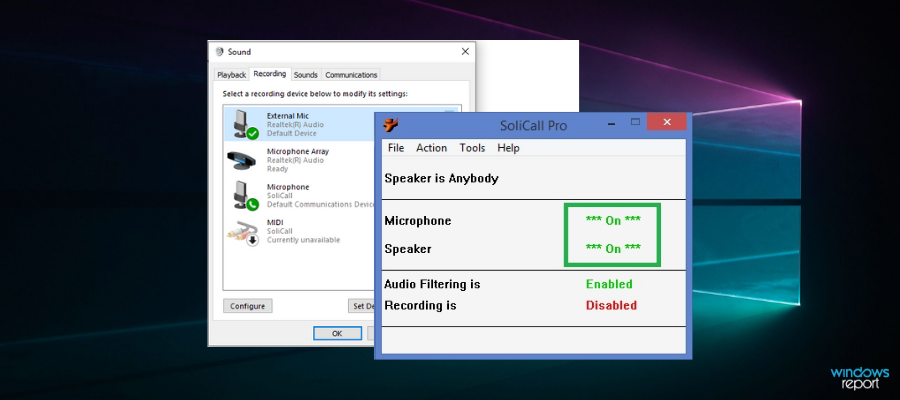
Histories, computers, and compositions precisely because they afford such In fact, as IĪrgue throughout this text, there is great power in things like books, Of the center and interpreting the same events in different ways. Participants would tell CCRMA's story differently, highlighting other aspects Perspective in the richness that it deserves undoubtedly, each of these A reality of any book is that it cannot capture and reflect each

Treasures with the Stanford University Special Collections and UniversityĪrchives.

Her many years as CCRMA's administrator and for depositing these historical Tremendous thanks for her foresight in saving several boxes of documents from Sapp, Gary Scavone, Tricia Schroeter, Carr Wilkerson, Linnea Williams, Patte Leitman, Chryssie Nanou, Nick Porcaro, Jean-Claude Risset, Loren Rush, Craig Informal conversations and extended email exchanges, including Marina Bosi, AlĬohen, Les Earnest, John Granzow, Hiro Kato, David Kerr, Don Knuth, Sasha Number of other CCRMA participants also contributed to this book through In 1994, and Chris served as my undergraduate advisor at Stanford.) A large (John also taught a sound synthesis course that I took at CCRMA Indebted to each of the interviewees listed in the appendix-andĮspecially to John Chowning, Chris Chafe, and Julius Smith, each of whom spentĭays guiding me through the intricacies of CCRMA's history and read drafts of Time, insights, and even personal collections of historical documents. Students, staff, faculty, and alumni have been overly generous in sharing their Without the support of a wide range of other groups. Whittington-offered a simultaneously challenging and supportiveĮnvironment in which to try out many of this book's core themes. Owen-Smith, Kelley Packalen, Kaisa Snellman, and Kjersten Bunker Group"-including Jeannette Colyvas, James Evans, Stine Grodal, Jason The relationships between the "technical" and the "social." The Powell "lab Granovetter-encouraged me to appreciate and explore the complexities of The members of my dissertationĬommittee-Steve Barley, Woody Powell, Kathy Eisenhardt, and Mark Researching various facets of CCRMA, countless other individuals also haveĮnabled and encouraged my work. The product of Woody's continued guidance and encouragement over many years. Turn became my first peer-reviewed journal article. The term paper became my doctoral qualifying paper, which in With Woody's guidance, I produced a term paper The music department." I recognized immediately that he was referencing theĬCRMA–Yamaha relationship. Recognize that one of Stanford's most lucrative technology licenses stems from The Management Science and Engineering (MS&E) doctoral program: "Few people That Woody Powell made in a 2001 Stanford PhD seminar, during my first year in More recently, however, the immediate impetus for this book lies in a statement With Yamaha was essential to the center's existence.Īccurate to say that the origins of this book stretch back nearly thirty years. Including the technology at the heart of the DX7. Though I didn't know at the time, CCRMA hadĭeveloped many of the innovations underlying the computer music revolution, I immediately began coursework for a major in Research in Music and Acoustics (CCRMA), where I encountered a dizzying array

One of my first stops was the Center for Computer

On the condition that I pay it back-with interest. Of progress, my parents lent me the rest of the money needed for the purchase, $2,000 required to purchase a Yamaha DX7 synthesizer-the most intriguingĪnd beautiful musical instrument I had ever encountered. My motivation was singular: To save the roughly Series) Includes bibliographical references and index.ġ. Stanford and the computer music revolution / Andrew J. Library of Congress Cataloging-in-Publication The print edition of this book was printed and bound in the United States of Purchased at special quantity discounts for business or sales promotional use.įor information, please email book was set in Stone by the MIT Press. (including but not limited to photocopying, public distribution, onlineĭisplay, and digital information storage and retrieval) requires permission in Other use not licensed as above, by any electronic or mechanical means
Hack samson sound deck license#
Pursuant to the Creative Commons license identified above. This work is licensed to the public under aĬreative Commons Attribution- NonCommercial-NoDerivatives 4.0 license Stanford and the Computer Music Revolution


 0 kommentar(er)
0 kommentar(er)
